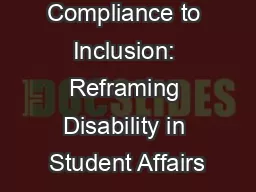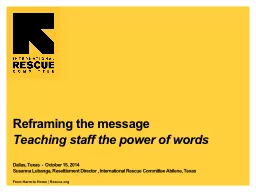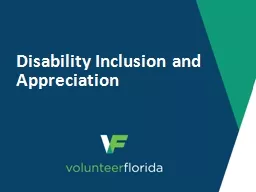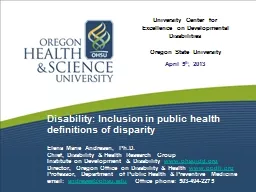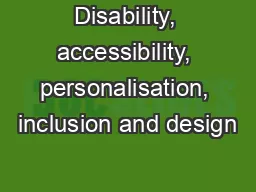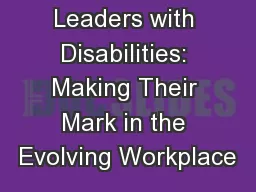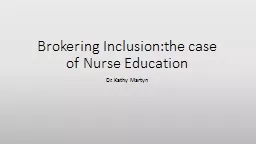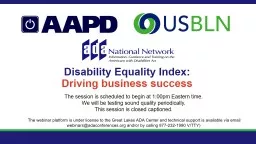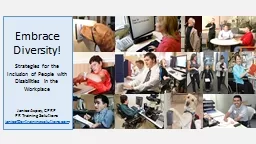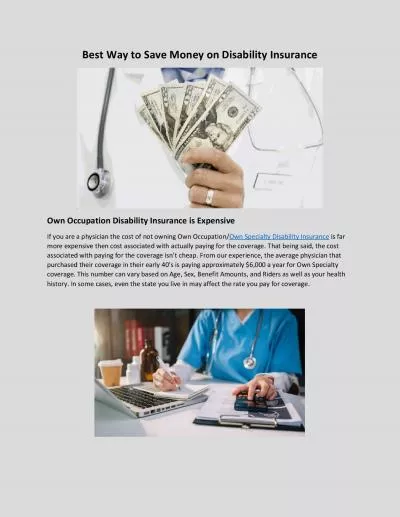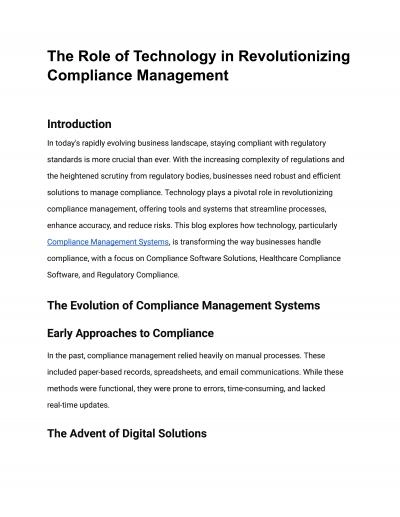PPT-From Compliance to Inclusion: Reframing Disability in Student Affairs
Author : myesha-ticknor | Published Date : 2018-03-21
Adam Crawford Missouri State University Joe Hartsoe University of Central Arkansas Introductions Adam Crawford Missouri State University Graduate Assistant Disability
Presentation Embed Code
Download Presentation
Download Presentation The PPT/PDF document "From Compliance to Inclusion: Reframing ..." is the property of its rightful owner. Permission is granted to download and print the materials on this website for personal, non-commercial use only, and to display it on your personal computer provided you do not modify the materials and that you retain all copyright notices contained in the materials. By downloading content from our website, you accept the terms of this agreement.
From Compliance to Inclusion: Reframing Disability in Student Affairs: Transcript
Download Rules Of Document
"From Compliance to Inclusion: Reframing Disability in Student Affairs"The content belongs to its owner. You may download and print it for personal use, without modification, and keep all copyright notices. By downloading, you agree to these terms.
Related Documents

